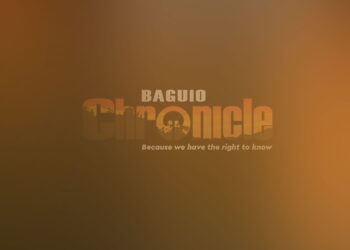IT has been 31 years.
And yet, why can’t we still get over it?
The so-called earthquake babies are now in their 30s. Why can’t we get out of nursing our earthquake hangovers?
Because there was no closure. There was no proper healing.
There are still no reliable figures on how many really died in Baguio. The figures of the reported dead ranged from 1,000 to 3,000. And the missing, they’re not among the dead.
Hundreds of bodies remain buried in places unknown.
Dr. Antonio P. Perlas of the National Program for Mental Health said that apart from the physical scars from the July 1990 earthquake, the psychosocial traumas are hidden but more lasting.
“Being so, it was very difficult to identify and, on occasions, difficult to understand and empathize with. However, if no action is taken to prevent, minimize, if not altogether eliminate the abnormal manifestations of this trauma, the psychosocial stresses could lead to a disability far worse than the consequences of a physical dislocation,” he wrote in his report for Philvolcs.
He said the Richter scale of mourning can be as worse as that of the actual quake.
“After an extreme life experience such as a disaster, one can expect an immediate and normal psychological stress response. As a consequence of the earthquake, there were losses: of loved ones, of properties, of livelihood, of community relationships, of heritage and others. These losses created an inner disequilibrium and feelings of fear, helplessness, dependency, and sometimes anger rooted in a deeper loss – the loss of control over one’s life and one’s destiny. This loss brings about bereavement,” Perlas said. \
He said most of us experienced Post-Traumatic Stress Disorder (MD) although this wasn’t identified as a disorder to all of us.
PTSD includes hyper-alertness, exaggerated startle response, and difficulty in sleeping. Recurrent nightmares occur during which the traumatic event is re-lived over and over again.
He quoted a Baguio boy who said: “Baguio will never be the same again. I shall never recapture my lost childhood “
Perlas said, “As time wears on and there is no Relief, the curve slowly goes down bringing out again the sense of helplessness with resentment, depression, withdrawal, unresolved feelings, and hopelessness among others … During this period, what has been termed “survivor guilt” emerges. “Why did I survive?” or “Why did they, and not I perish in the disaster?” are questions asked during this period.”
The wounds of PTSD are not really scars so there is no complete healing.
They are like the earthquake faults that may be covered by soil and then may look “clean” on the outside. But the shakes emanate from the core and will re-occur at any time.









